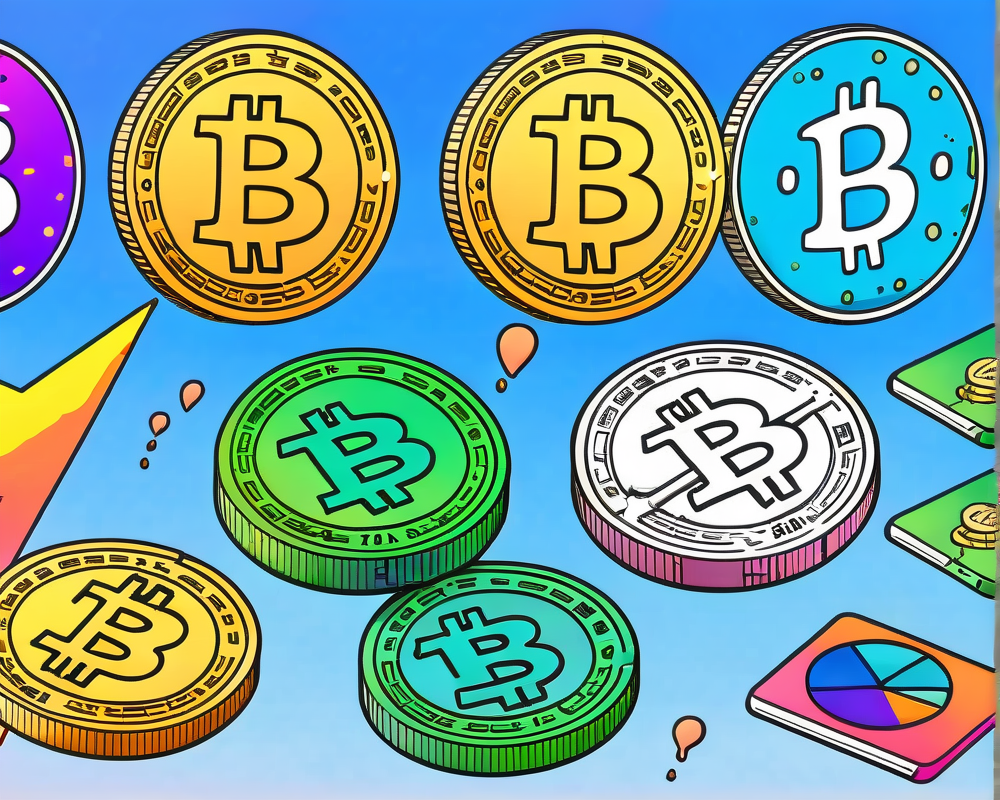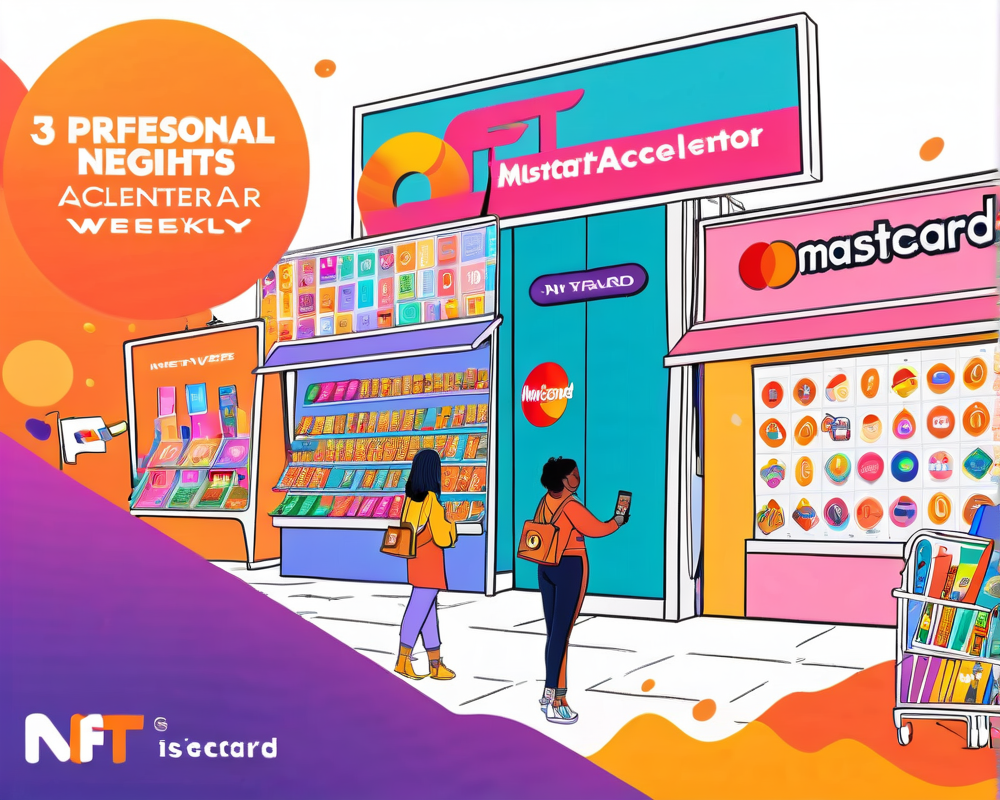The Emergence of Stablecoins
The financial world has seen a rapid transformation with the advent of digital currencies like Bitcoin. While it’s all rainbows and sunshine for some, the lurking devil is price volatility, turning many casual traders into nail-biting enthusiasts, waiting for prices to dip back to a realm of sanity. Hence, the birth of stablecoins—designed to be the safety harness for rollercoaster rides.
What Are Stablecoins?
Stablecoins are like that dependable friend who always has your back. They provide a reliable and stable value in the ever-volatile cryptocurrency space. These coins leverage clever strategies, either through being pegged to fiat currencies or commodities, or through algorithmic mechanisms, ensuring your digital assets don’t go on a wild goose chase.
Types of Stablecoins
- Collateralized Stablecoins: Think of these as the backup singers, singing in harmony with reality. Tether (USDT) is a classic example, supported by a mixture of fiat currencies and assets. It’s often questioned but never out of tune.
- Algorithmic Stablecoins: Like the amiable mad scientist of the group, Dai (DAI) operates on code, maintaining its value through an intricate dance of smart contracts. No real-world assets? No problem! The algorithms manage supply and demand like seasoned pros.
Notable Stablecoins in the Spotlight
Tether (USDT)
Launched in 2014, USDT has become synonymous with stability—much like coffee for workaholics. Backed by real assets, its spoonful of dollar pegs has stirred much debate. Early fears about reserves were cleared up thanks to Tether’s efforts to be transparent (well, sort of).
Dai (DAI)
Essentially the brainchild of MakerDAO, Dai emerged in 2017 as the cool kid at the party, collateralizing itself against the likes of Ether (ETH). It uses smart contracts that make you feel like a wizard controlling your own kingdom, all while watching its collateral value dance on a tightrope to maintain stability.
USD Coin (USDC)
Born in September 2018, USDC took its first steps between well-known giants like Circle and Coinbase. The coin has had its share of ups and downs—like when Silicon Valley Bank hiccupped during a liquidity crisis. Nevertheless, USDC has solidified its place as a trustworthy digital dollar in a bustling crypto landscape.
TrueUSD (TUSD)
Introduced in March 2018, TrueUSD has been up and down more times than a rollercoaster. After some hiccups regarding reserve transparency, it stands resilient, offering moments of peace amidst the chaos of trading.
Binance USD (BUSD)
This Binance-backed stablecoin is like the bouncer at the club, ensuring that everyone behaves at a smooth 1:1 ratio with the U.S. dollar. Yet, like all good things, it faces winding-down as regulatory waters get murky.
The Future of Stablecoins
The winding road ahead for stablecoins involves regulatory oversight, evolving technologies, and the relentless pursuit of stability. As global regulators start tightening their belts, stablecoins will need to reinvent themselves to stay relevant while being the calm amidst the storm. As they serve a vital role in making crypto transactions easier, one thing is for sure: stablecoins are here to stay, navigating the murky waters of volatility, innovation, and a burgeoning ecosystem.




